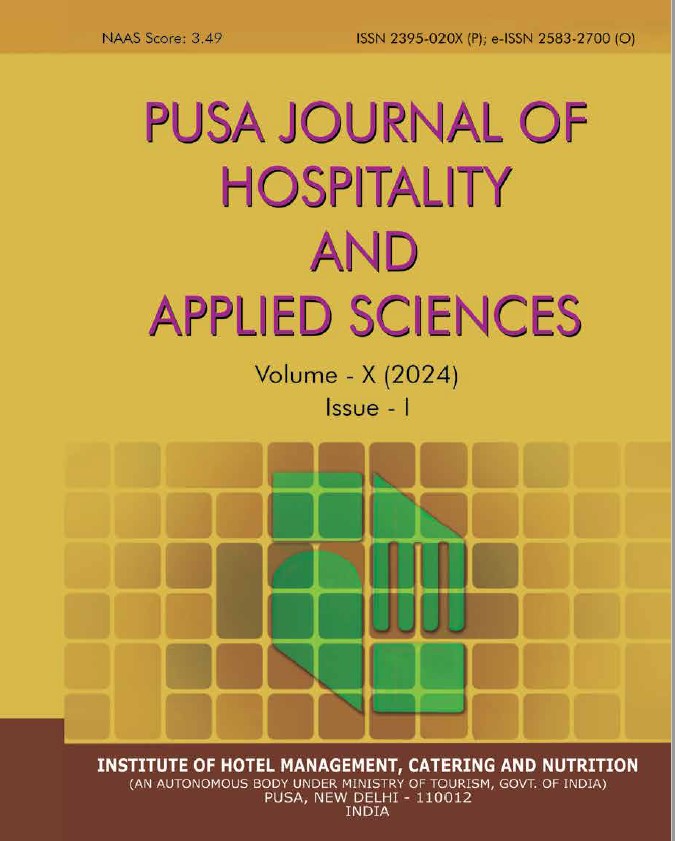Analytical Study On Acceptability Of Diet Foods In Relation To Their Palatability Factors Among Women
Keywords:
Diet Food, Palatability, Acceptability, Satiation, Dietary Assessment, WomenAbstract
Background: Women being the back bone of any sound society where she has to undergo the pressure of maintaining sound health which needs a constant check on kind of food consumed by women. This results in adoption of various diet food plans but this adoption highly depends on the acceptance of diet food on various palatability factors. Objectives: To study the factors that affects the acceptability of diet food. To find the most dominating palatability factor influencing the consumption of the diet food. Methodology: A descriptive cross – sectional design was adopted. Women in an age group of 25 to 55 years were selected through purposive sampling. A structured survey instrument was used for data collection form 174 women from Gurdaspur and adjoining cities such as Pathankot and Amritsar. Results: The most dominating palatability factors weretexture (56.1), taste (47.5) in average scores and then followed by aroma(40.6) and appearance (38.1) in average score. The most important acceptability factor was the satisfaction level (0.785) Relative index of importance for the food which is considered good for health and weight loss. Conclusion: Respondents hasgiven their responses towards more basic palatability dominant factors which decide the consumption patterns along with the acceptability of food on the lines of satisfaction level due the improvement of health.
References
Berkoff, N. (2007). Nutrition for the Culinary Arts . New Delhi: Dorling Kindersley (India) Private Limited. Pearson Eduaction (pp. 64).
Dhanavandan. (2016). Application of garret ranking technique:. International Journal of Library and Information Studies, 135.
Edelman. (1985). The role of consumer expectencies in the acceptance of novel food. Journal of food scince (pp. 1707-1714).
Garg, M. (2006). Diet, Nutrition and Health . Delhi: ABD Publishers, Jaipur (pp. 57- 60).
Joshi, S. A. (2011). Nutrition and Dietetics. New Delhi: Tata McGraw-Hill Education Private limited (pp. 413-416).
Juliana. W. M. (2018). Analysis of the factors that determine food acceptability. The Pharma Innovation Journal, 7(5), 253-257.
Kleef, E. (2012, April 24). NCBI. Retrieved December 2020, from https://www.ncbi.nlm.nih.gov/pmc/articles/PMC3662086/:
Mann, J. (2010). Essentials of Human Nutrition. New Delhi: Oxford University Press.
Meiselman, H. (2003). Food Acceptability Affective Methods (2nd ed.). Encyclopedia of Food Sciences and Nutrition (Second Edition).
Mudambi, R. (2007). Food Science. Delhi: New Age International (P) limited (pp.69- 71).
Murray, J. (2003). Sensory Evaluation. Food Acceptability and Sensory Evaluation (2nd ed.). Encyclopedia of Food Sciences and Nutrition (pp. 5130).
Stubbs, R. (2013). Appetite: Psychobiological and Behavioral Aspects. Retrieved January 25, 2021, from Scinece direct: https://www.sciencedirect.com/science/referenceworks/9780123848857
Trustwell, A. S. (2011). Nutrition and Food. New Delhi (pp. 533).




